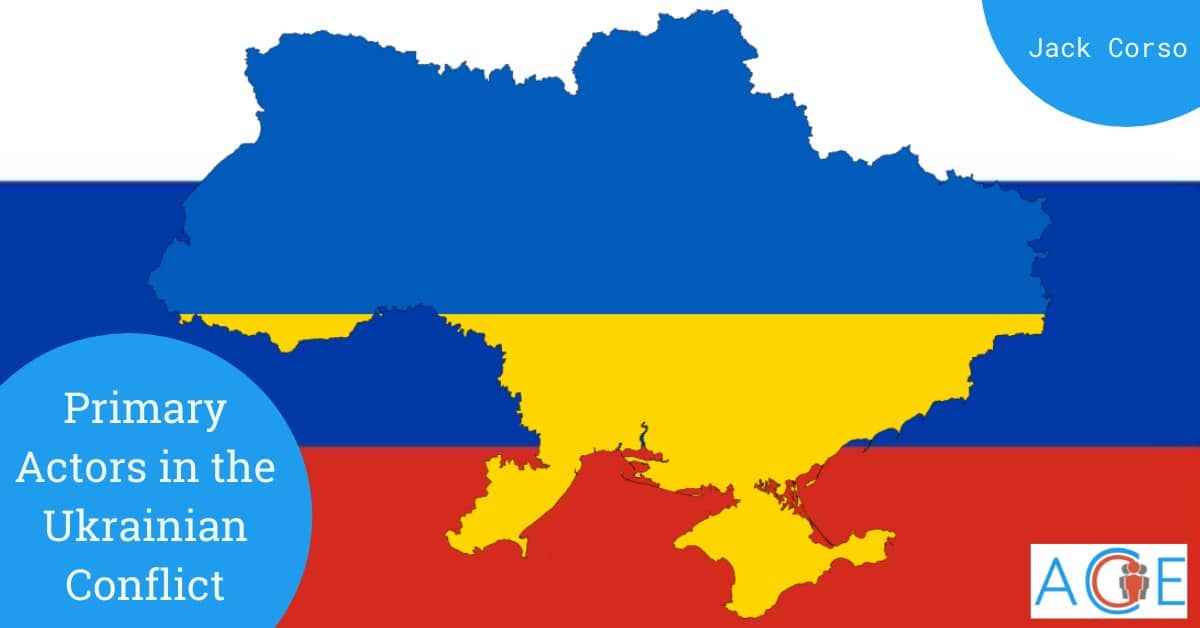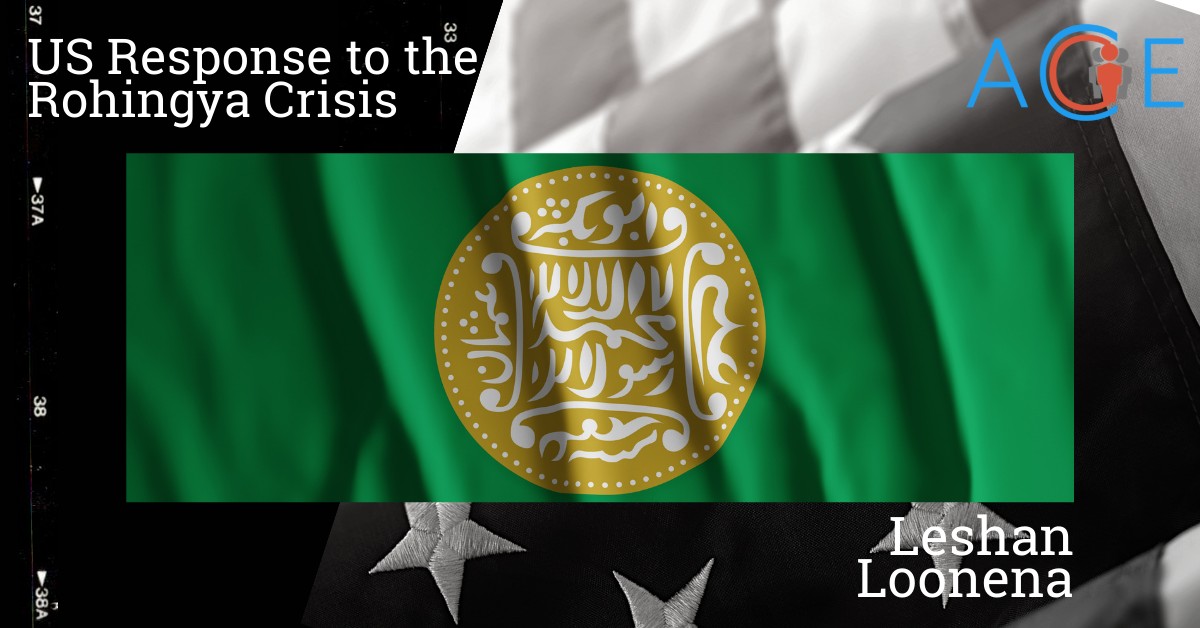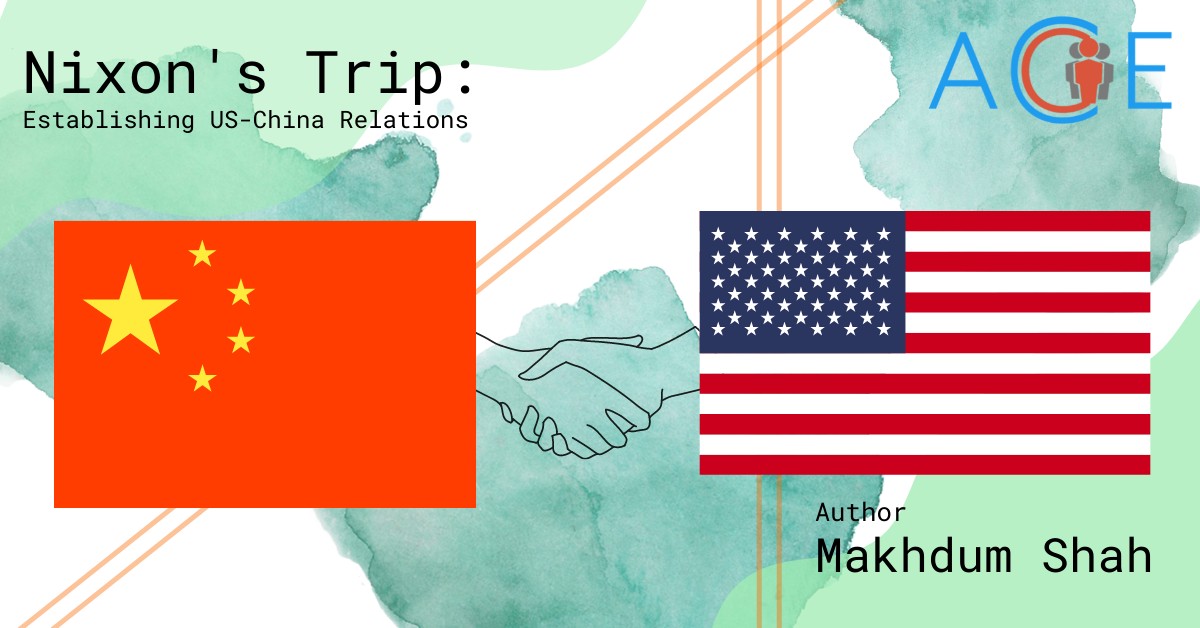Since the Russian Federation’s annexation of Crimea through military action in March 2014, Ukraine has been a state plagued by conflict. The conflict now involves the region of Donbas, consisting now of the two separatist People’s Republics of Luhansk and Donetsk, in addition to Crimea. It has drawn in actors including the European Union and the United States, in addition to groups in Ukraine and the governments of both Russia and Ukraine.
Why did Russia annex Crimea?
Russia has a historical relationship with the territory of Crimea; it was part of Russia for more than one hundred and fifty years, and was transferred to Ukraine in 1954 when both countries were part of the USSR. Russia’s actions were precipitated by several factors, including Ukraine-wide protests which forced Ukraine’s Russian-aligned President Yanukovych to step down, and concerns that Ukraine was developing stronger ties to the European Union.
Next Steps and Peace Agreement
Not long after the annexation, pro-Russia separatists seized multiple government buildings across Eastern Ukraine and declared themselves the heads of independent states; these seizures effectively represented the start of the conflict in the Donbas. After a few months of fighting, Russian military forces formally entered Ukraine to provide support to the separatists. The Second Minsk Agreement was signed by then-Ukrainian President Petro Poroshenko and Russian President Vladimir Putin in 2015. German Chancellor Angela Merkel and then-French President Francois Hollande provided diplomatic assistance and mediated the negotiations. The agreement sought to establish an immediate ceasefire and security zone. However, the agreement’s goals were not achieved, and fighting continued sporadically—most of which was attributed by outside conflict monitors to Russian and separatist forces.
Since the failed 2015 agreement, fighting has remained sporadic with western actors, specifically the United States, offering lethal aid to the Ukrainian government in 2017. This decision signaled a significant change in the United States’ policy towards Ukraine, which had only offered nonlethal, economic assistance to that point. There appears to be no clear victor or path to peace in the Donbas. March of 2021 signaled a renewed intensity as, after a relative calm, the conflict escalated once again with an increase in casualties.
Image source: Council on Foreign Relations
Pro- Ukrainian Actors
The Ukranian side of the conflict involves both the Ukrainian national military and volunteer civilian battalions. The primary goals of the military—and by extension, the state—are to maintain territorial integrity and defend the Ukrainians living in the Luhansk and Donetsk regions. Unofficial civilian battalions are motivated more by an ultra-nationalist sentiment and Ukrainian patriotism. The fervent nationalist views exhibited by volunteer battalions sometimes coincide with extreme far-right positions, the most notable far-right battalion being the Azov Battalion.
Pro-Russian Actors
The Donbas region has two main economic centers, Donetsk and Luhansk, and a significant proportion of both these cities’ residents identify with Russia either ethnically or linguistically. Russian is widely spoken as a first language. Separatists and their supporters see themselves as distinct from the rest of Ukraine despite their shared national origin. Pro-Russia and separatist forces represent the Donetsk and Luhansk People’s Republics in Eastern Ukraine, both of which declared independence in 2014. The primary goals of these actors are to achieve independence from Ukraine and strengthen their ties with Russia. Despite operating within the territorial boundaries of Ukraine, these groups are considered pro-Russian actors.
As the other prominent state actor, Russia has a vested interest in the outcome of the conflicts. The Donbas and Crimea situations make it unlikely that Ukraine can join NATO, because an attack on one NATO state must be treated as an attack on all. Therefore, Ukrainian membership would severely escalate the risk of armed conflict between NATO and Russia, at a time when the goal for the US and many European governments is to de-escalate tension. The conflicts also make EU accession unlikely for the foreseeable future. A western-aligned Ukraine would damage the close economic, political, and cultural ties the two countries share and that Russia values highly. Were Ukraine to become a member of either or both organizations, Russia would see this as an encroachment by western states on its perceived sphere of influence. Thus, by actively backing the separatist and deploying its forces in Ukraine, Russia can forestall encroachment, despite the threat of further sanctions by the international community.


